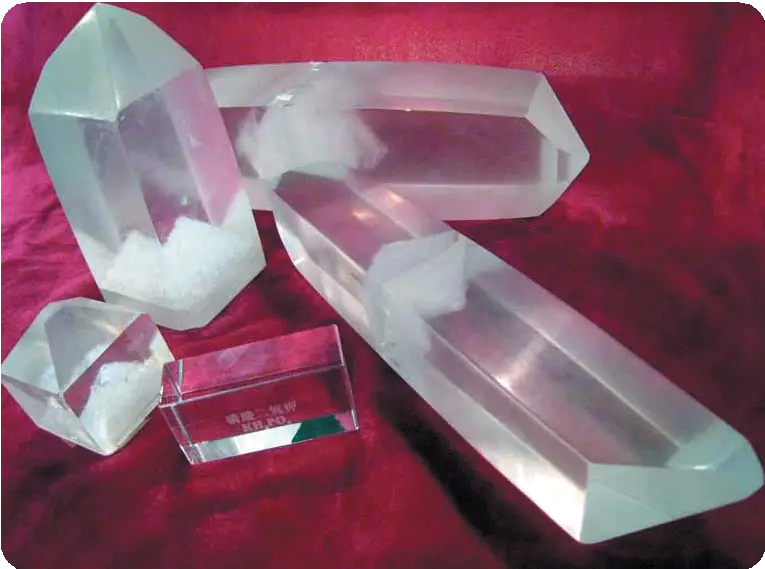
Beta Barium Borate (BBO – β-BaB2O4):
Lithium Niobate (LiNbO3):
Potassium Titanyl Phosphate (KTP – KTiOPO4):
Lithium Triborate (LBO – LiB3O5):
Potassium Dihydrogen Phosphate (KDP – KH2PO4) and its isomorph Potassium Dideuterium Phosphate (KD*P – KD2PO4):


Technological advances continue to develop new synthetic methods and doping techniques to enhance the properties of NLO crystals. These improvements aim to achieve better efficiency, higher damage thresholds, and more robust phase matching capabilities. Emerging applications in quantum computing, secure communications, and ultrafast laser systems are driving research into discovering new materials and optimizing existing ones.
Nonlinear crystals are foundational to numerous photonics applications, allowing for the manipulation of light in ways that are not possible with linear optical materials, expanding the capabilities of modern optical technologies significantly.
We noticed you're visiting from Singapore. We've updated our prices to Singapore dollar for your shopping convenience. Use United States (US) dollar instead. Dismiss